Notes from Santiago, Chile
SANTIAGO, Chile—Lavender petals of the jacaranda tree fall on an empty dinner plate in a bistro patio. Two petals float together like feathers in a dream. They land together where you are alone.
Symbolism is pondered for a few minutes but you cannot linger here. There are places to go. On a 2012 visit to Santiago, there was a climb up to the Cerro San Cristobal adorned by the snow-white statue of the Virgen de la Immaculada Concepcion. This time you return to reflect on those you have lost while offering gratitude for all that they gave.
You walk towards the Lastarria neighborhood and head past the rushing Rio Mapocho river and Parque Forestal.
For the last four days young and old people have been sprawled out in the park grass and under lush trees, embracing each other, making out and being in love—for the moment or for years, what does it matter? The park is always quiet. No loud music. You can feel heartbeats.
And you smile.
Travel is being. You open up. You go to a Chilean soccer game with 37,000 crazy locals when the hotel staff says it is not such a safe thing to do. Is passion elevated from the length of the search or from the point of loneliness?
I have never been to neighboring Buenos Aires, Argentina, but I wandered through Bogota’, Colombia a couple times. Because of the fog, damp weather and rolling hills, Bogota’ gets compared to San Francisco. Santiago is cleaner and more modern than Bogota’ in architecture and landscape. Santiago is what would happen if you put bits of contemporary Los Angeles in wine country. I want to stay a bit longer. I do not want to face my first Christmas without my parents.
But home calls like a distant candor.
First there is a final return to the tiny piano bar Don Rodrigo.
The Don Rodrigo is on the first floor of the Hotel Foresta in central Santiago.
The no-frills hotel was built in 1920 and features a slow moving elevator that can hold no more than three people at a time as it chugs up to the seventh floor.
The bar space is a maze of small rooms and dark corners. Wall size mirrors give the illusion something bigger is going on. The bar only seats five people. The romantic aura is like the park in the dark. The summer nights in Santiago are as crisp as mountain air and you feel it in here.
Marco the piano player does not sing but he plays American standards like “My Way” and “Take Five,” the Dave Brubeck experiment in Stereo-phonic sound that now makes me think of Roger Ebert. Marco does not talk and does not play Billy Joel songs.
The bartenders are round and jolly and they wear starched white shirts with black bow ties, just like in Humphrey Bogart movies. Few tourists are seen, and the night desk clerk has no idea who is this Don Rodrigo. But you guess he must be somebody to have a bar named after him.
So you ask the shy woman from Northern Chile to press the bartender on your Don Rodrigo investigation in Spanish. She, too, is a journalist and her smile is like a butterfly unfolding its wings. She is the one who notices the bartender only has three fingers on his right hand.
It goes something like this: Guido Vallejos was the founder-illustrator of Barrabases magazine and owned the 50-seat bar. He was friends with a soccer player named Don Rodrigo, and/or Don could have been a cartoon character in his magazine.
Now, over a couple pisco sours, the woman from Northern Chile and I had fun channeling Bill Murray’s “Lost in Translation'” in hearing the stories of Don Rodrigo.
This behavior later became worrisome when I returned to my hotel to research Guido Vallejos. In 2012 he was sent to prison as part of a child prostitution bust in central Santiago. He was 83 years old! Perhaps this is why no one at the hotel wants to talk about Don Rodrigo.
There is no easy way to transition from that translation except to continue with journalistic flair of The Clinic.
The Clinic is a satirical newspaper in Santiago that also owns and operates a couple of bars and restaurants. It’s like going to a bar called The Onion in the states. The Clinic serves drinks like the Orgasmo Multiple (Johnnie Walker Red, Bailey’s, frambuesa) .
After hearing Dixieland jazz at the Club de Jazz de Santiago (established in 1943, but now part of a fancy shopping mall] we closed down The Clinic in Plaza Nunoa with a couple of mojitos.
We talked about the who, what, when, where, why and how of journalism over an introductory reporting textbook that was sitting on a library shelf next to our table.
We spoke of making every word count, the economy found in every Pablo Neruda poem.
A couple days later I wondered why two lavender petals tumbled through the summer sky. I kept the petals to place in a photo book next to my images of snow capped Chilean mountains, fresh December flowers and dark piano bars. When I am gone, someone may look at that book and think what a special time it must have been.

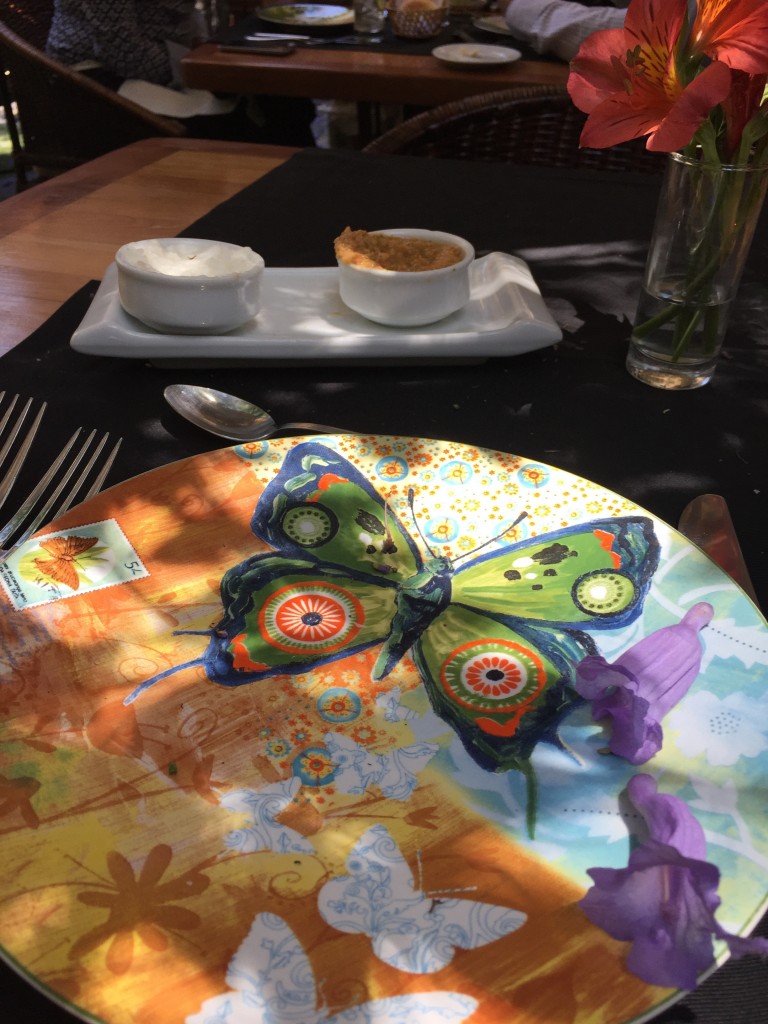
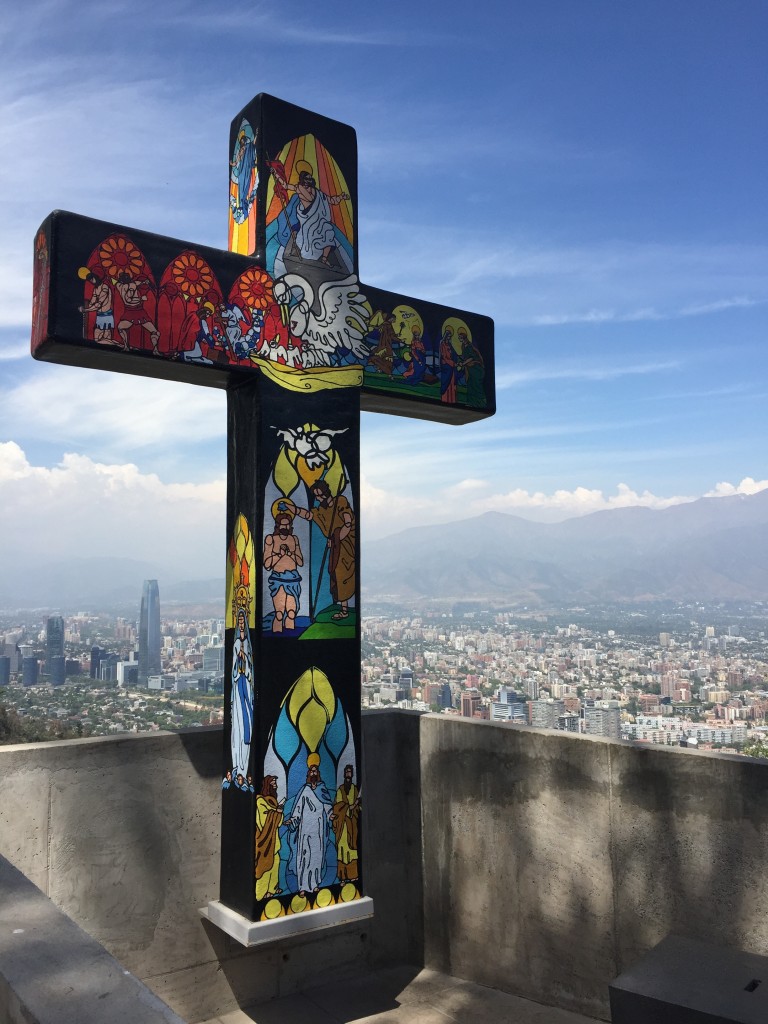
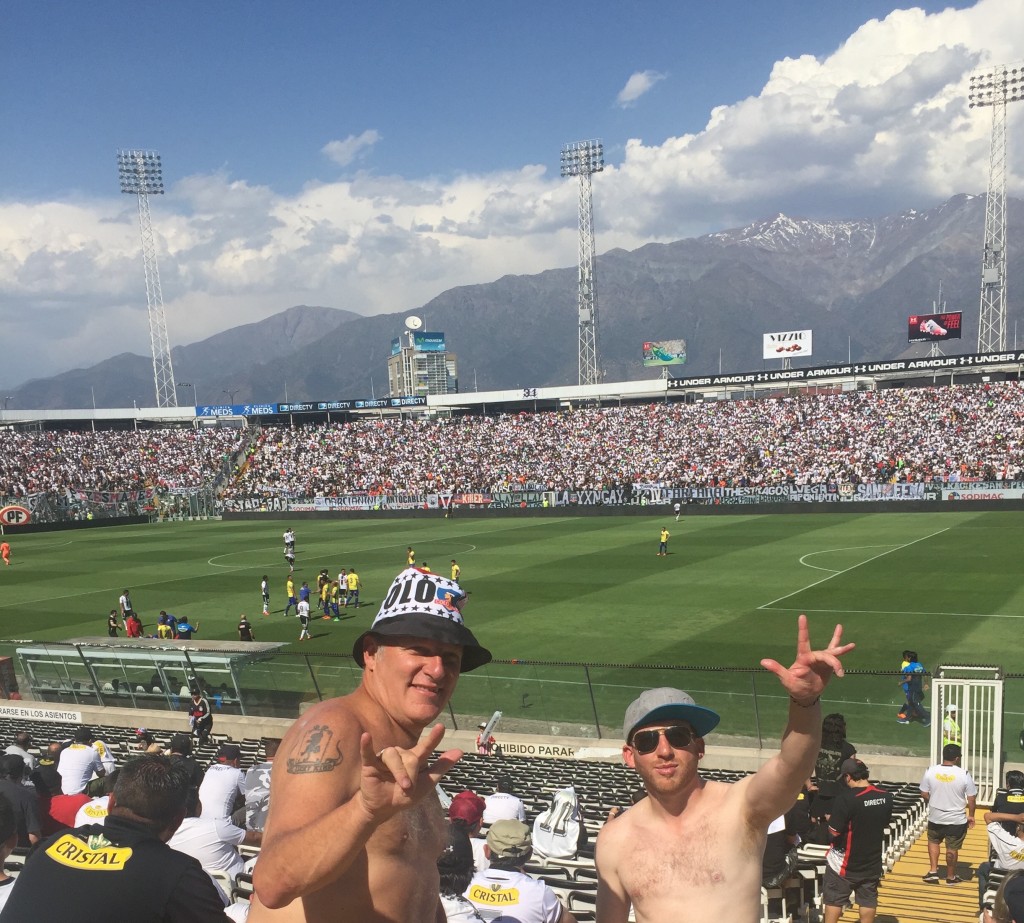
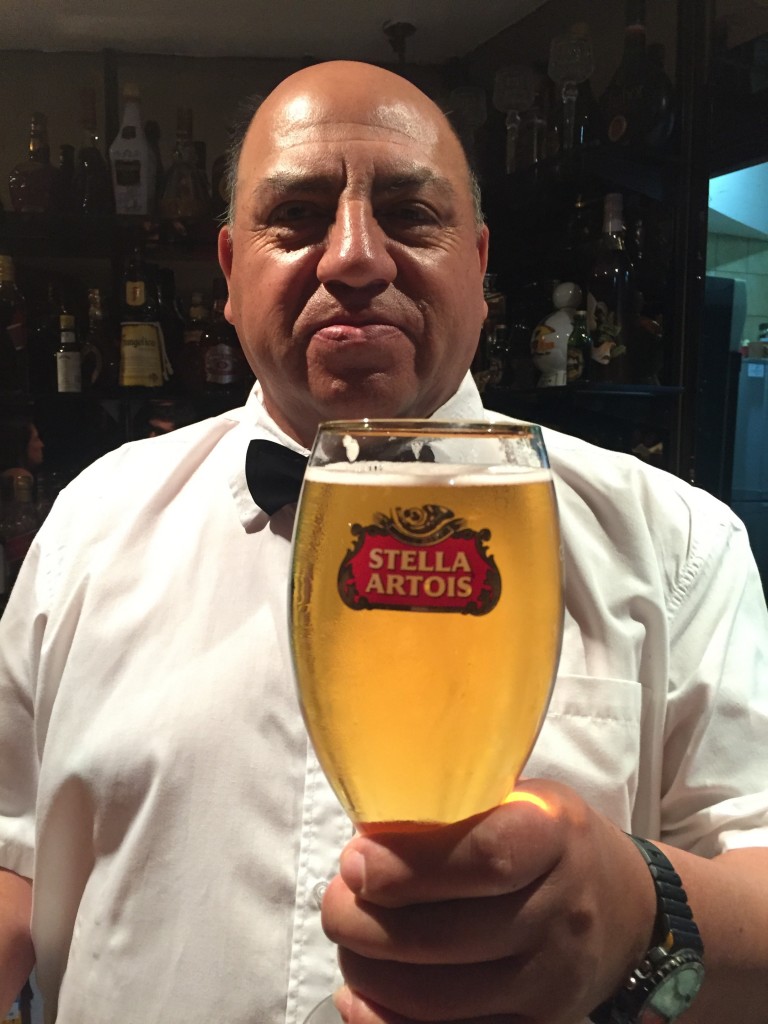
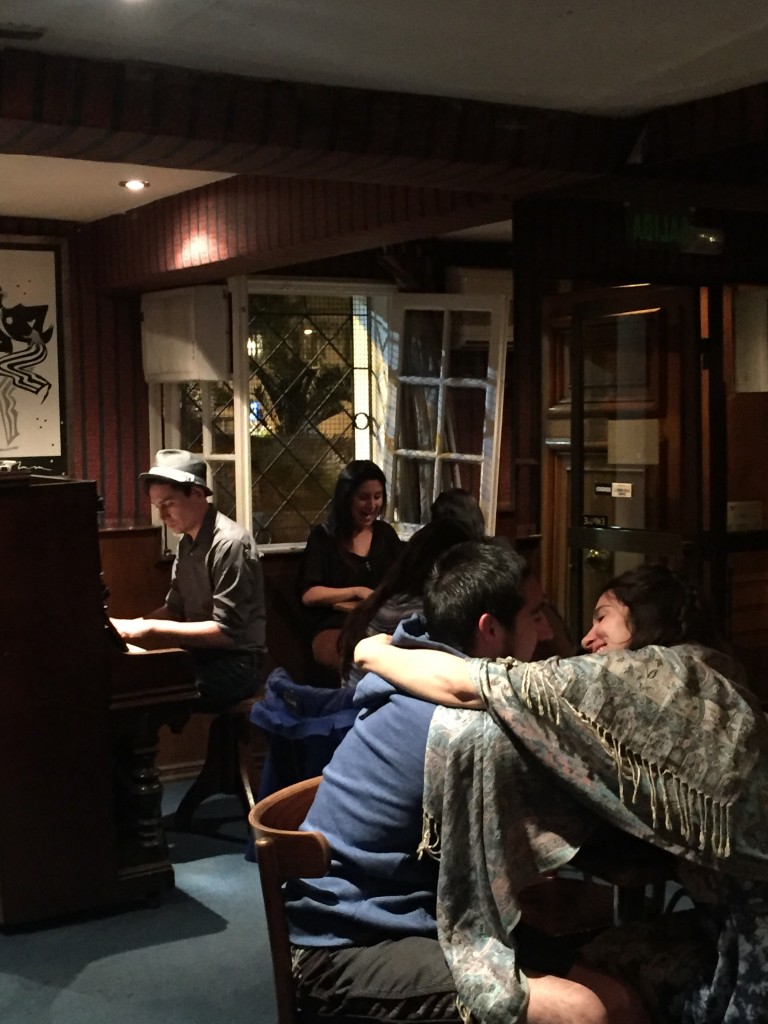
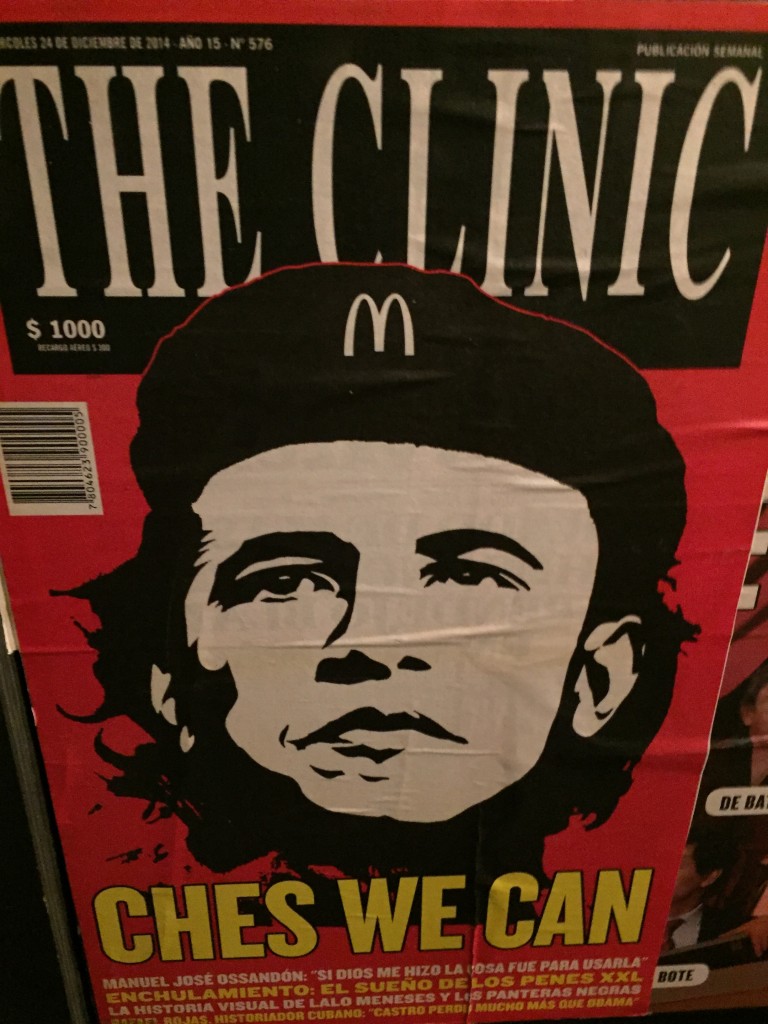

Leave a Response